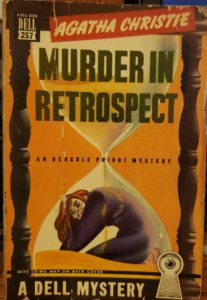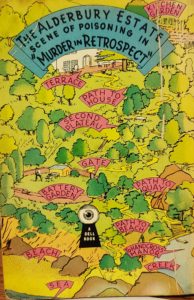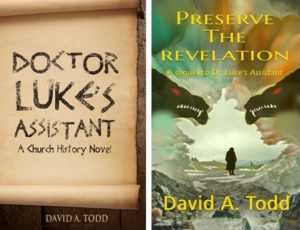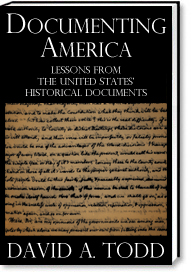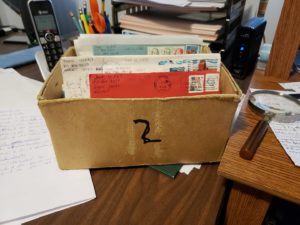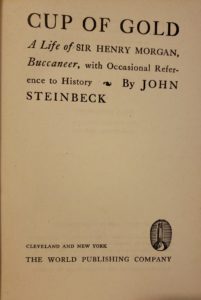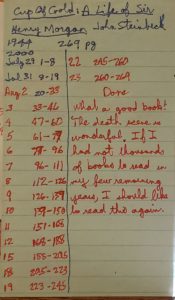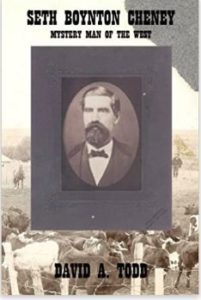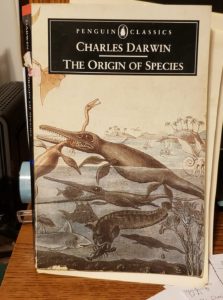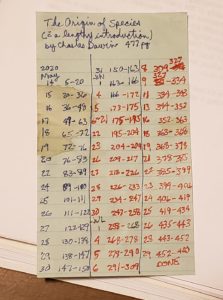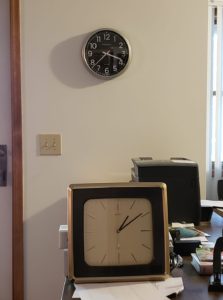
When I was in Saudi Arabia, I grew especially close to the Philipino men who worked for me. For some reason they liked me and I liked them. I learned a little Tagalog—not a lot, just enough for greetings and partings, maybe a bit more. But that seemed enough. When the time came for our family to leave Saudi, the company held a going-away party for us. The company sponsored a gift that the employees chipped in on—everyone except the Philipinos. They got together and bought me a nice wall clock.
Our shipment was already packed. We were flying to Vienna to start four weeks in Europe on our way home. We were to leave December 2, 1983. While four weeks was our plan, we were prepared to cut it short if, after three years of mild Arabian winters, we found the Austrian winter a bit too much. With a lot of luggage already, we stuff that clock in, carried it to Europe, thence to Rhode Island, thence to Kansas City, thence on the bus to Meade Kansas (where we picked up our cars), thence drove it on to Asheboro North Carolina, our next stop on the path of life.

I’ll shorten the rest of this. That clock hung in our home in North Carolina, went into storage when we lived in Kuwait, then hung in our apartment in NC on our return then in two houses in NW Arkansas. It survived being dropped, being knocked off the wall when I errantly threw one of the dog’s toys. It always kept good time. Every two years or so it would die, and I’d have to change the batteries. Then it would start chiming again, every hour and half hour from 6 am to 10:30 pm.
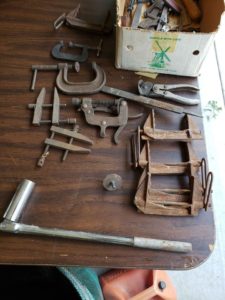
In our present house it’s been my companion in The Dungeon. It helped me to keep on schedule with my work. If I said I would work an hour on something, I’d wait for a chime and know when I should end. The chimes were just loud enough that you could hear it upstairs in the living room (if the TV was off or not too loud).
Then, we came back from our brief trip to Mexico last Christmastime and it wasn’t going. I got new batteries for it and…nothing. Didn’t start. I tried other new batteries to make sure I hadn’t picked up used batteries by mistake and…nothing. The clock had died. For 37 years it’s been a good and loyal friend, but it died. It’s been sitting on the table since January. A newer clock that doesn’t keep time very well is in its place. But I’ve had a hard time getting rid of my old friend. I was told I could replace the works inside the shell, but, that somehow doesn’t seem right. No, by the end of the day today this clock will be in the recycling pile in our garage.
Other things are going too as the wife and I contemplate down-sizing sometime in the coming years. Our children want us to do that sooner rather than later, but the amount of stuff we have suggests this will not be a quick or easy process. In July Lynda identified a rocking horse that our grandkids have outgrown. We could keep it around until great-grandkids come along, but that could be a long time and a new residence from now. So I listed it on Facebook Marketplace and it sold a month later.
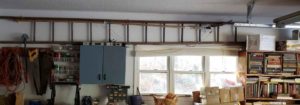
Encouraged by that, I scoured the storeroom shelves and found a small aquarium we haven’t used since we moved to this house. That fetched $20 on the Marketplace. Three large plants brought $15, and I lost a few friends that had kept me company in the sunroom the last few years.
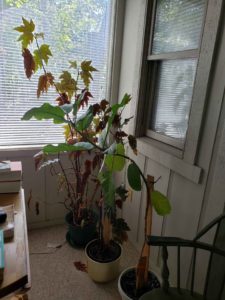
I decided to tackle the garage. In it I found lots of stuff that I had taken from Dad’s house after his death, when my brother and I divided up the tools and hardware. Boxes and boxes of the stuff have cluttered two different garages now for 23 years. Why didn’t I get rid of it long before now? I guess I thought I might use it some day. I listed for sale a wall “panel” for an old drill set that is now just a nice shop decoration. That sold in just a couple of days. Then there was a box of old clamps (probably used in woodworking). They sold in a day.
Then there’s that old wooden ladder that’s been just hanging on the wall since I got an aluminum one. That’s now waiting, hoping for a buyer. I next looked at a bottom shelf that had some boxes. I pulled them off and found them all to be empties. They are now flattened and waiting for the next trip to recycling, probably on Wednesday.
So, these old friends are slowly starting to make their way out of the house. Some, like the clock and the plants, were good friends. Others, like the tools and boxes, were just taking up space. I told my son that, when he comes to visit us soon, he’ll look at the house and say, “I thought you were getting rid of stuff!” I told him it’s a first step, like cutting one millimeter off a two pound block of cheddar cheese. It’s barely noticeable, but it’s less than was there before.
Hopefully we’ll continue this process and have motivation and strength enough to do a few more millimeters. Maybe in a year it will be noticeable. Meanwhile, it’s hard to say goodbye to some of these friends.
